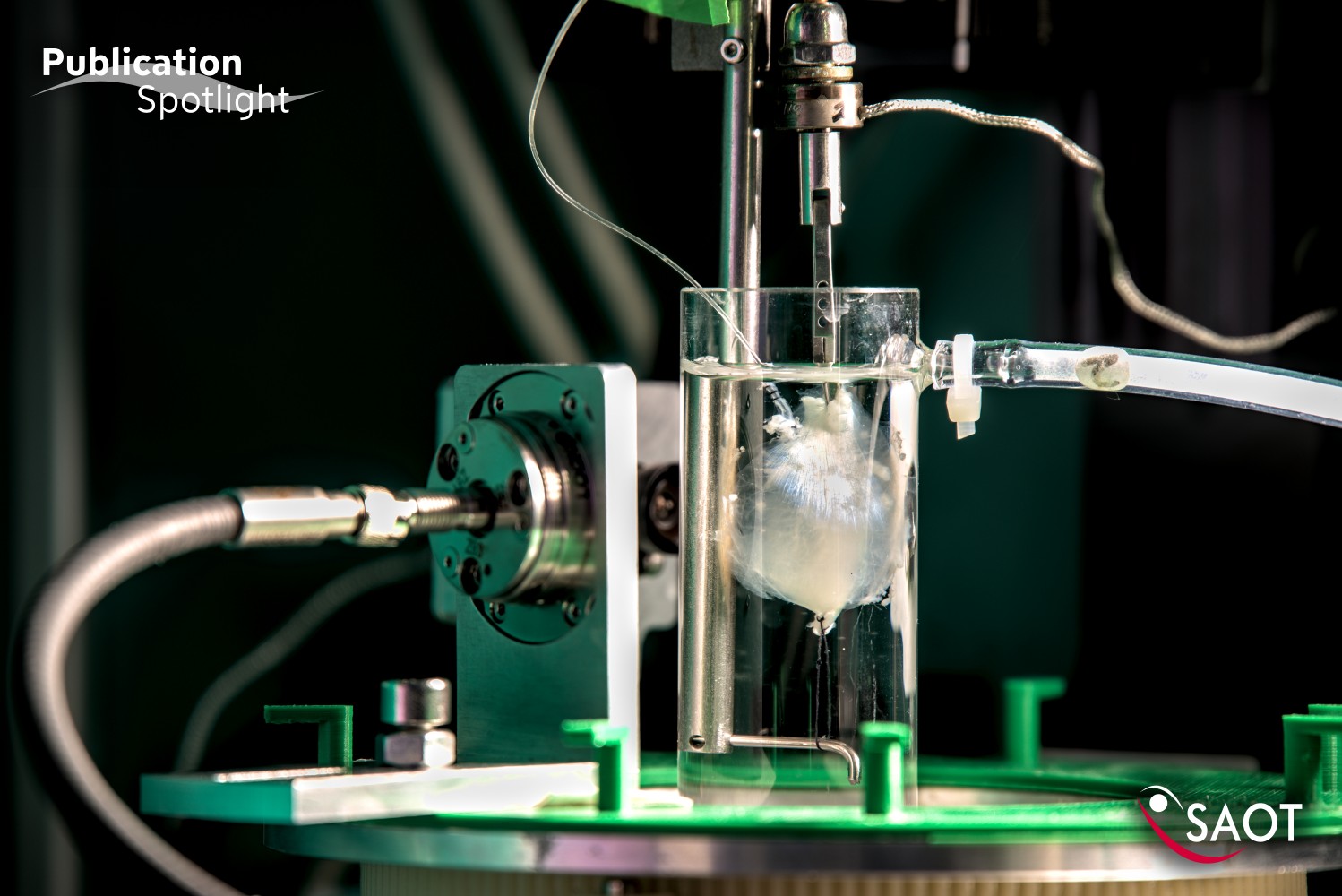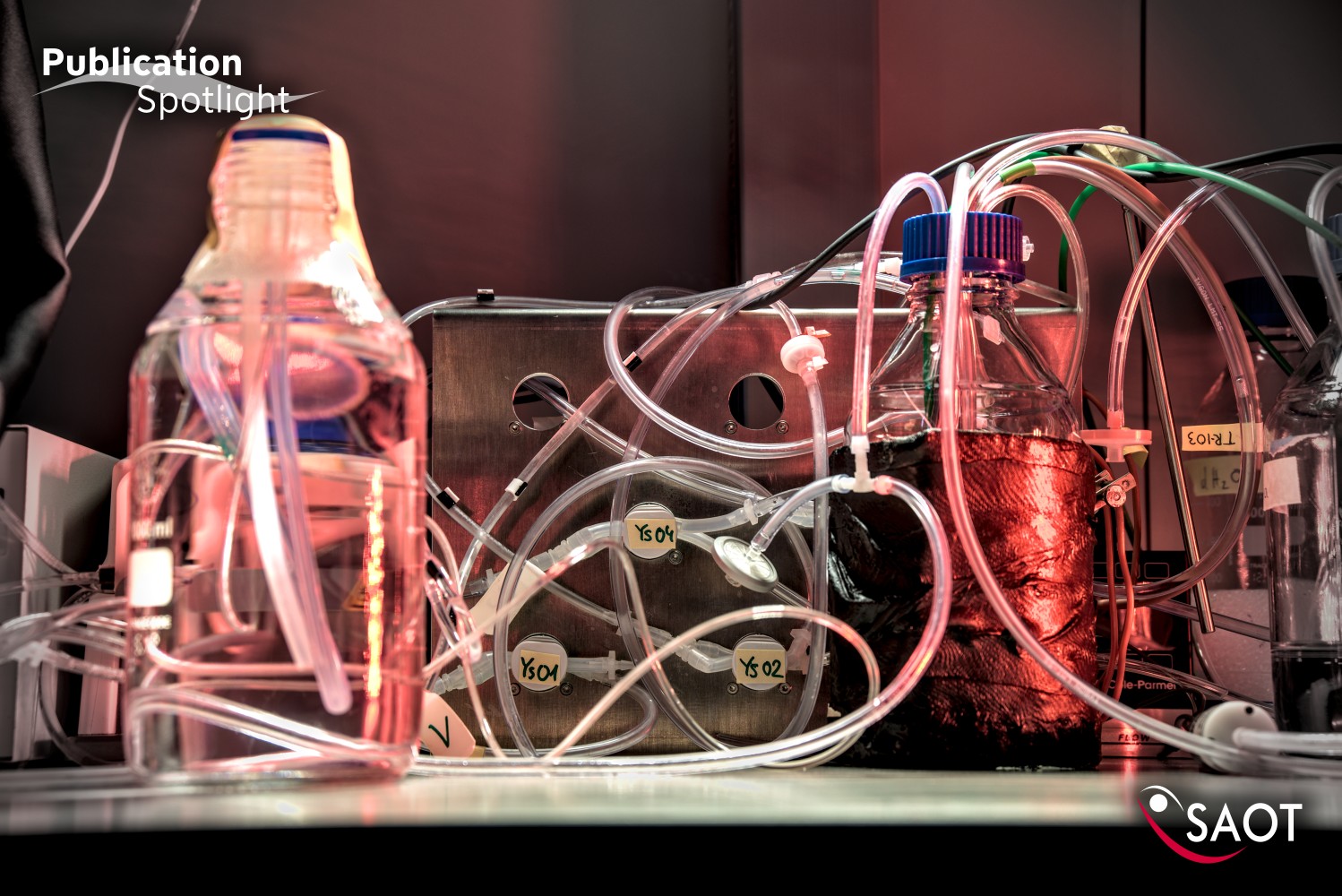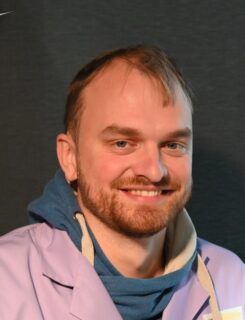Paul Ritter: Automated generation of reconstructive tissue scaffolds
A promising approach to reconstruct human muscle tissue after trauma, necrosis or tumor ablation is the use of cell-free muscle scaffolds processed from previously intact donor organs. Up to now, the required chemical decellularization of tissues is performed mostly manually, with predefined incubation times.
Recently, Paul Ritter developed a novel bioreactor system. It provides automated and standardized generation of these acellular muscle scaffolds, and is capable of monitoring and adjusting the progress on-the-fly. In his publication “MyoBio: An Automated Bioreactor System Technology for Standardized Perfusion-Decellularization of Whole Skeletal Muscle”, Paul describes the versatility and future potential of the system. It may be an important advancement for providing new bioartificial tissue for reconstructive surgery.
Paul works at the Institute of Medical Biotechnology, his supervisor is Oliver Friedrich. The original publication can be found in the IEEE Transactions on Biomedical Engineering


